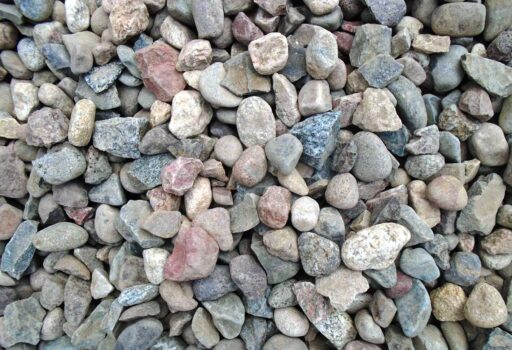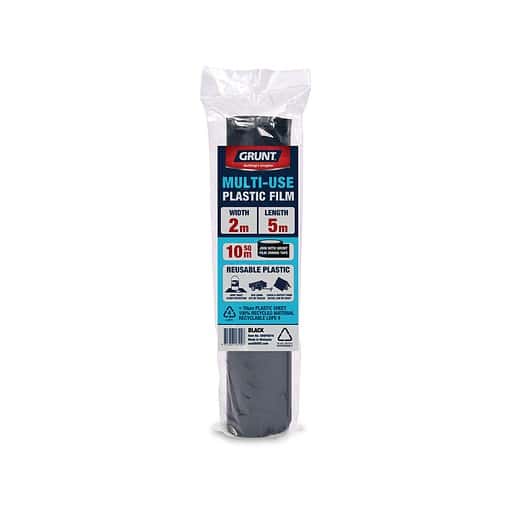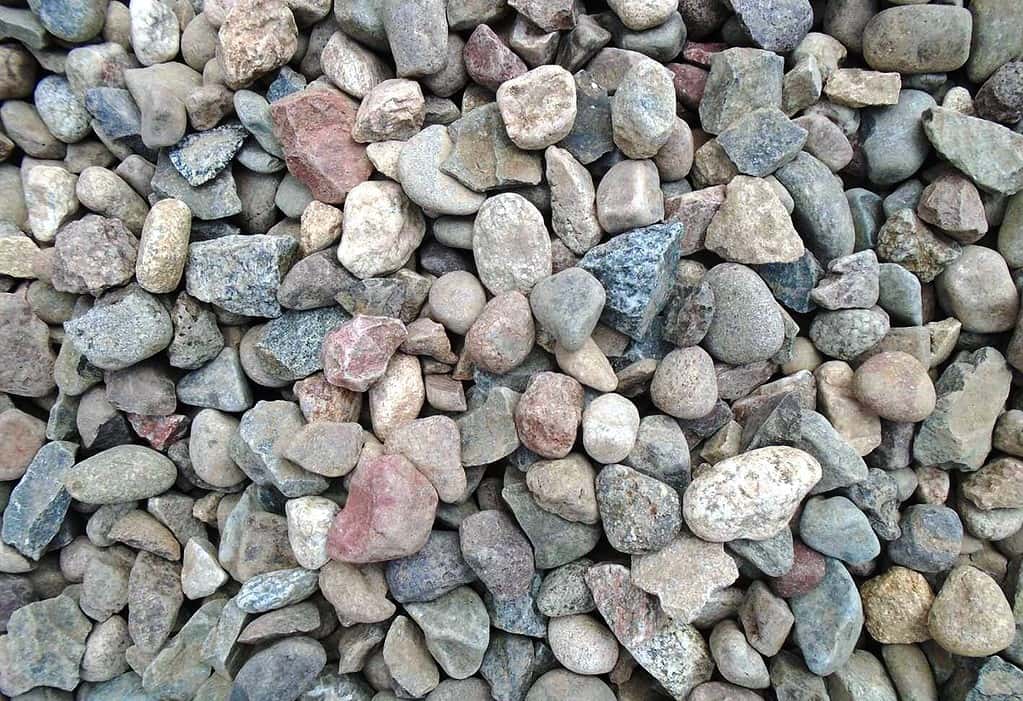We may prefer to think we will always be able to camp by some peaceful verdant stream but sometimes our path leads us elsewhere – sometimes indeed there are splendid adventures to be had and beautiful vistas to see where there is no water at all – some treasured remote and solitary spot which we wish to revisit again and again maybe.
It may be that you are tempted by the idea of constructing a Wilderness Hut there but the difficulty of doing so may make it well nigh impossible in a really remote place (unless you can afford helicopters!)
But it is also very hard to have to lug water in each time we stay there for such a little time – because the water we can carry soon runs out. It would be so nice if we could just make water from thin air so that it is always available and never runs out…
There is such a method and there are many expensive (and heavy) ways of achieving it. There is also a method known to desert dwellers for many centuries. It even has a fancy name: The Talus Garland Effect, but I prefer to us the simple layman’s term: ‘stone mulch’. People have been ‘mulching trees and other plants they want to grow in arid regions for centuries with stones.

My idea begins where they leave off. Because of the thermal mass of stones the underside cools overnight and dew condenses there. Normally when you turn over a rock it is wet underneath. I’m sure you have noticed. It is possible to collect this water and direct it to a storage container.
There is also a wonderful product called Black Polythene Film which we will use. I would probably use the thicker one which costs A$24.86 for a 2×5 metre roll, as it will be more durable than the thinner one which only costs A$10.84 though I have used the latter to waterproof debris huts (and the like) in the past, and even used it to cast every single mud-brick block in our owner-built house – more about that in a later post.

The type of site I prefer is a saddle high in the mountains with a truly splendid view (and deer) but where there is a stand of sheltering trees nearby amongst which I can safely pitch my tent.
On the southern or eastern side of such a saddle (in this our Southern Hemisphere) because it receives less heat from the sun so that there will be less evaporation I construct a stone mulch water catcher, or if there is no stone I will just cover it with earth on which moss will gladly grow. 1-2″ at most. Just enough to prevent the polythene from blowing away or being damaged by animals’ feet.
This 2 x 4 metre catchment area will gather approximately 8o litres of water every time there is 1 cm of rain – enough for a day’s water for many people. Such rainfall occurs on average pretty much twice a week! The left-over 1 x 2 metre piece of polythene will line a sump or tank (about two hundred litres).
Especially if there are stones to cover the polythene the dew will keep the tank full even when there is no rain – particularly if you can cover the tank with some shade cloth to prevent evaporation.
In our Victorian mountains even in summer it rains on average one day in three. Average rainfall varies but we are normally looking at 50-100 cm a year so that it is unlikely that your tank will not have refilled before your next visit even if you (unlikely) used it all up on your last one.
If you are lucky to have a good stone mulch the dew alone will almost certainly provide a couple with a constant source of necessary water from this collection area – even without any rain at all. Let us imagine dew to represent 1mm of precipitation per day (it is very often more) – that would equate to 8 litres of water per day, more than enough for two people whether it rains or not!
Obviously you need to find (or construct) a place where the ground slopes both downhill and towards the centre – which is why I suggest a saddle. You need to bury the polythene either under rubble or even earth and dig and line a tank at the bottom (centre) edge.
It really is as simple as that. If you can also line the tank with stones so much the better. With a protective covering of earth or stones (and away from sunlight) the black polythene will probably keep working for centuries.
Of course animals and birds will come to share your water. You could consider fencing the tank area so they can’t, or you can just make sure that you filter the water – a good idea anyway as it is not always running. 3-4 steel posts and a few metres of weldmesh will keep the deer, wombats etc out of your pool (if you are worried) but the local wildlife is unlikely to seriously deplete it (or harm the polythene if you can line it with stones. However a fence draws attention.
Now, isn’t it going to be splendid to be able to arrive at camp at such an unlikely place and to be able to stay for days because you have a neverending supply of water? It is unlikely you will be disturbed either as others will certainly not expect to find water on top of a mountain!
This idea will even work in dry stream beds providing they have plenty of available stones. You may have noticed how frequently our side gullies suddenly plunge underground so that their water is unavailable. This idea may make their water stay above ground so that you may be able to camp on a lovely flat near a remote (otherwise dry) stream after all. Just the sort of place which will have plenty of game.
See Also

